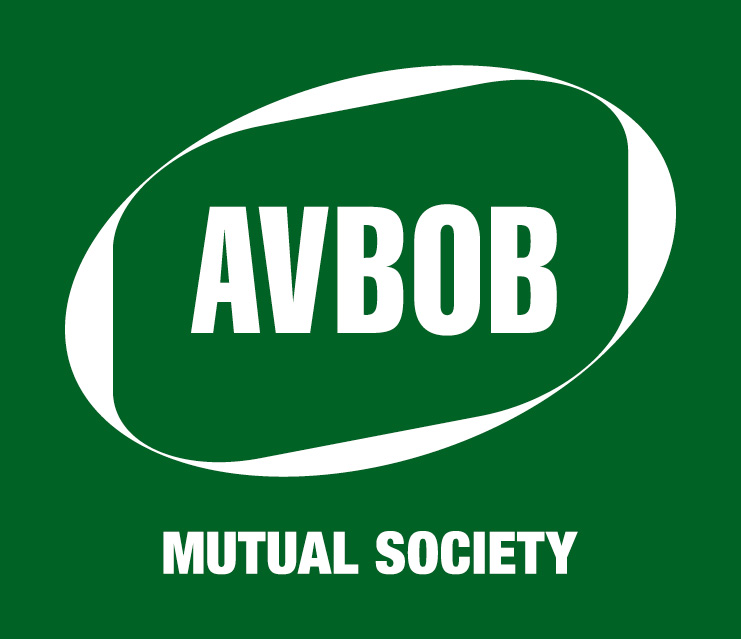
Tips to make virtual meetings matter
As much as businesses have had to adapt to ‘the new normal’ in terms of remote working, meetings, in one form or another, are still essential for the functioning of many businesses and may be even more important than before in the era of remote working and hybrid workplace models.
Adam Bryant, writing for the New York Times, surveyed over 500 CEOs and distilled their insights into 5 tips for running effective meetings. While these remain relevant, we thought we’d give these nuggets of wisdom a bit of a virtual polish to see how they could be applied to running online meetings.
Tip 1: Stick to the rules
According to Bryant, there are 3 non-negotiable rules for running a successful meeting: set an agenda, stick to the time and end with a plan.
It’s always a good idea to include an agenda with the initial meeting invitation, along with any relevant documents you would like attendees to be familiar with. If it’s not possible to display the agenda during the meeting, encourage those on the call to have it open in front of them to track progress and proceedings.
When it comes to timing, it’s almost more important for virtual meetings to run on time as it’s a lot easier for people to drop off or move on to other tasks if your meeting runs over. Likewise, with starting on time. Multitasking is an inevitable side-effect of virtual meetings, and a late start may give waiting attendees a tempting opportunity to get distracted by starting other work, which is likely to continue once the meeting starts.
Action items should be the ultimate outcome of most meetings, particularly for teams or team members who may feel less engaged by virtual meetings than face-to-face ones. The agenda should also include time devoted to confirming next steps.
The advantage of virtual meetings is that they can be recorded and made available to attendees so that there can be no uncertainty about who needs to do what. Consider integrating or running your meetings alongside a communal task tracker to provide another layer of certainty in terms of jobs to be done.
Tip 2: Give everyone a role
Meeting attendees need to have a specific understanding of why they’re attending a specific meeting and what they’re expected to do during the meeting. If you can provide this, you’ve gone a long way to following the 3 essential rules since part of the function of an agenda can be to define roles and responsibilities. Your meeting is far more likely to run smoothly if attendees have been given a chance to prepare the required deliverable(s), whether it is presenting, giving feedback or signing off on a proposal.
Tip 3: Let others speak
In the era of remote working, the role of meetings in exchanging and disseminating information is more vital than ever. According to Bryant, if the organiser or team leader dominates proceedings, it can halt the flow of information in a meeting. It’s far more productive to allow team members to provide the substance of the meeting and contribute their own information and perspectives.
This, in turn, places added importance on the tips and rules we’ve already mentioned as employees who have had time to prepare and know what is expected of them are far more likely to make meaningful contributions.
Tip 4: Make everyone contribute
Don’t expect interaction to simply happen: rather be prepared to actively create an environment that fosters participation.
Start by setting a ‘camera on’ mandate for your virtual meetings. Then, consider doing your homework and researching effective ways to encourage democratic participation in your meetings, which can be as simple as asking everyone who speaks to nominate the person to speak after them.
Tip 5: Make meetings essential
This doesn’t mean you should be holding more meetings or meetings for the sake of meetings. In fact, it means the opposite in that the only meetings that you attend should be those that are essential; it’s about quality, not quantity.
In the early days of the pandemic, there was a tendency to over-rely on meetings as a management tool as companies adjusted to the realities of remote work and off-site teams. Many employees may still be feeling the effects of this, so Bryant recommends conducting a meeting audit every few months to eliminate inefficient or unnecessary meetings from everyone’s schedule.
Visit BizConnect for more valuable business insights, including advice and tactics to help your business tackle ‘the new normal’.
References
Bryant, A. 2022. ‘How to Run a More Effective Meeting’. New York Times [Online] Available: https://www.nytimes.com/guides/business/how-to-run-an-effective-meeting (Accessed 20 April 2022).


























